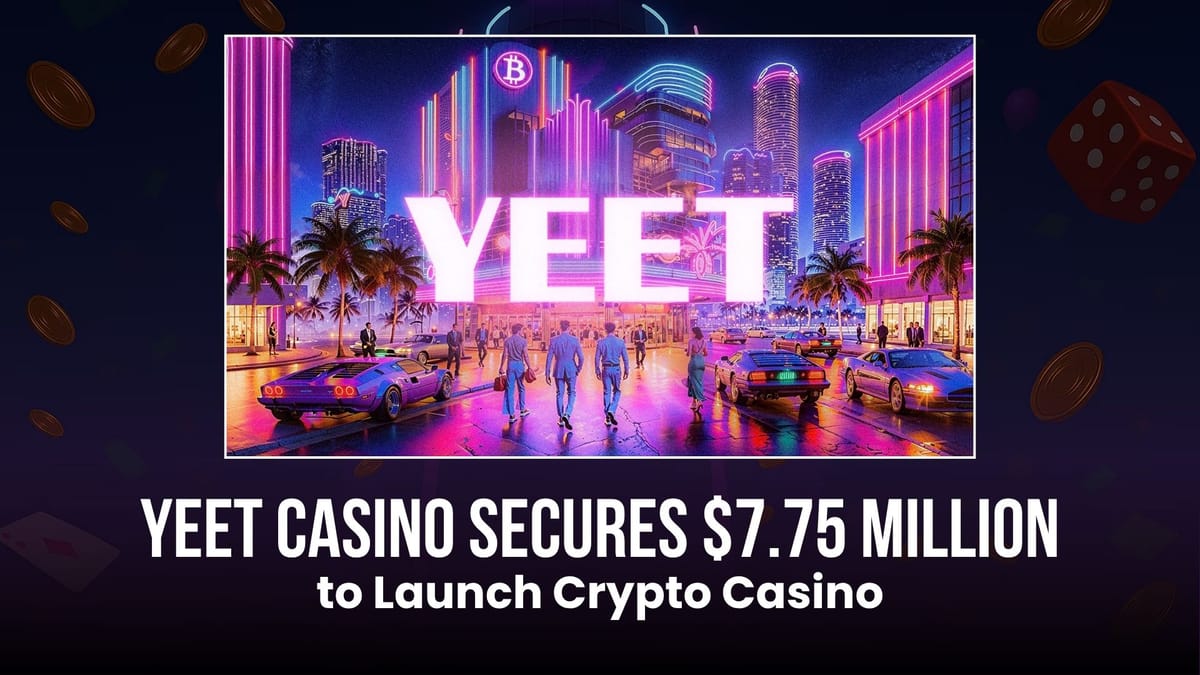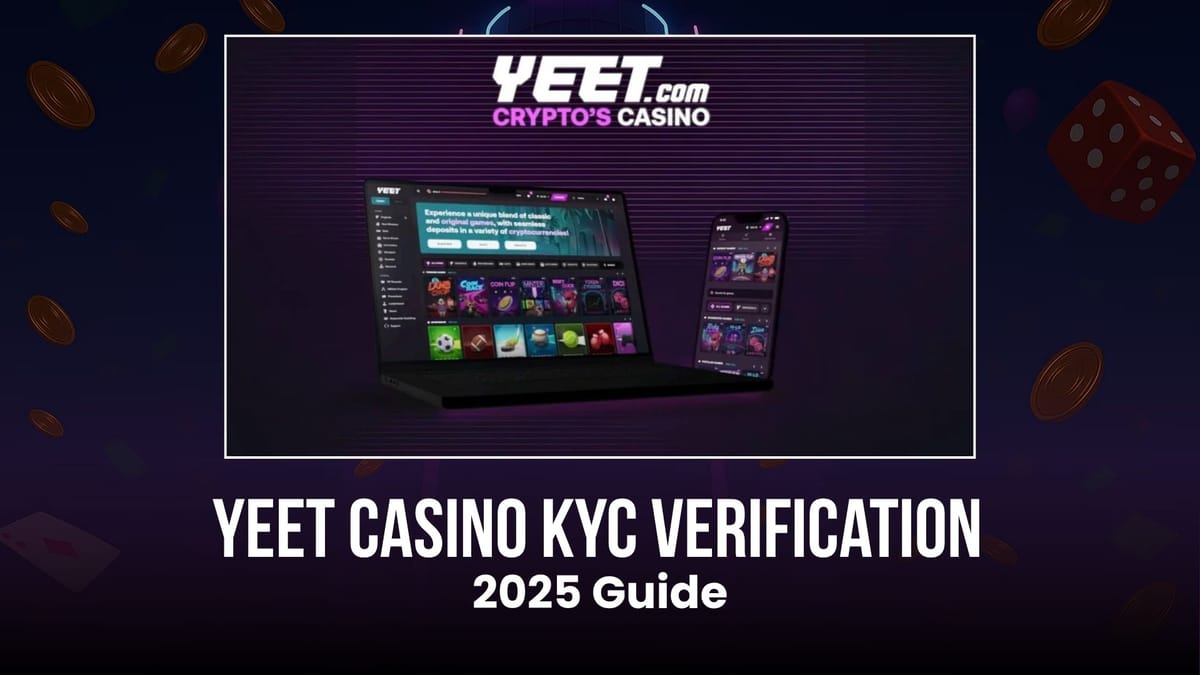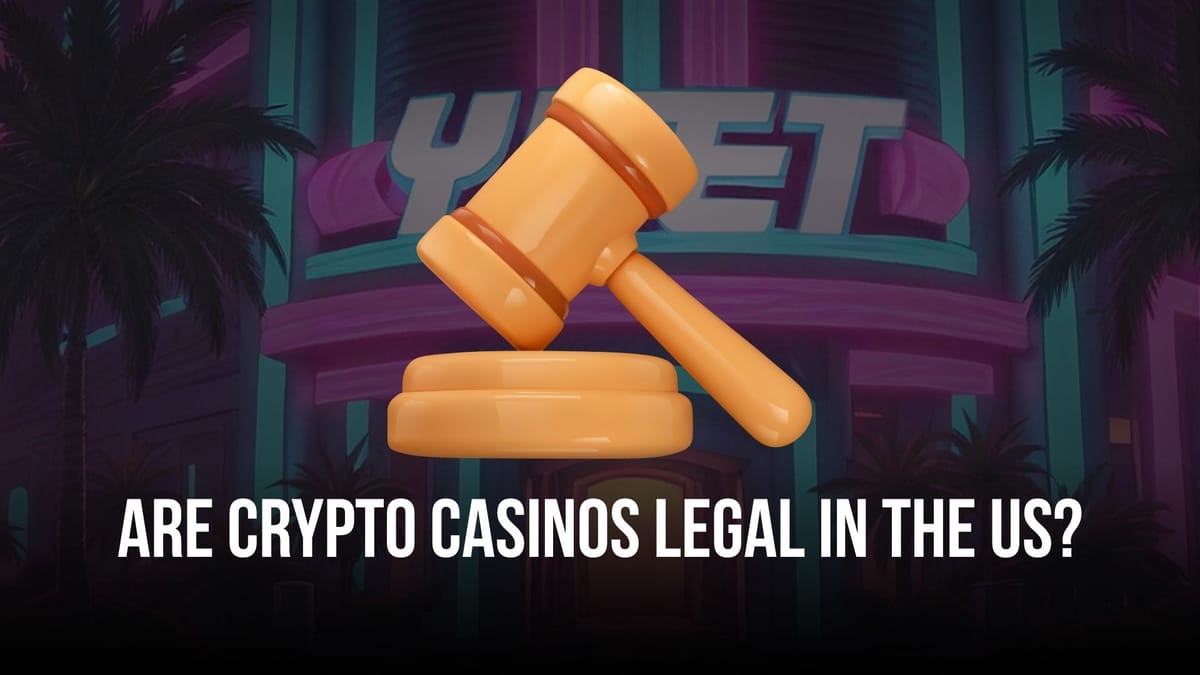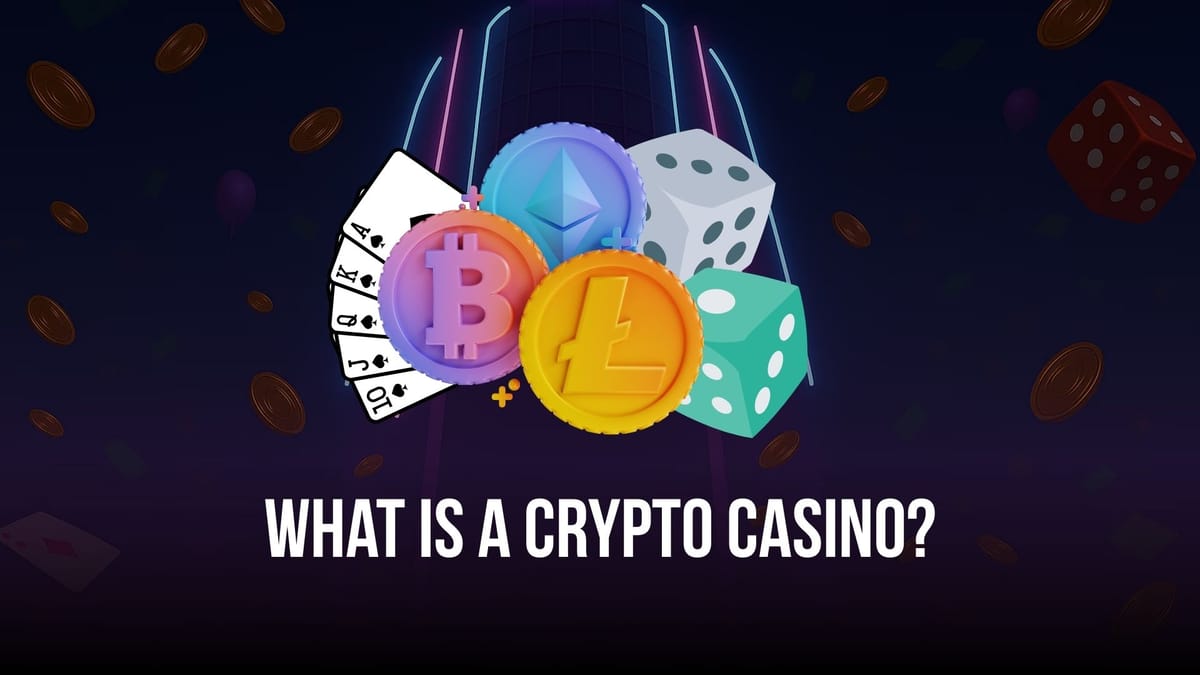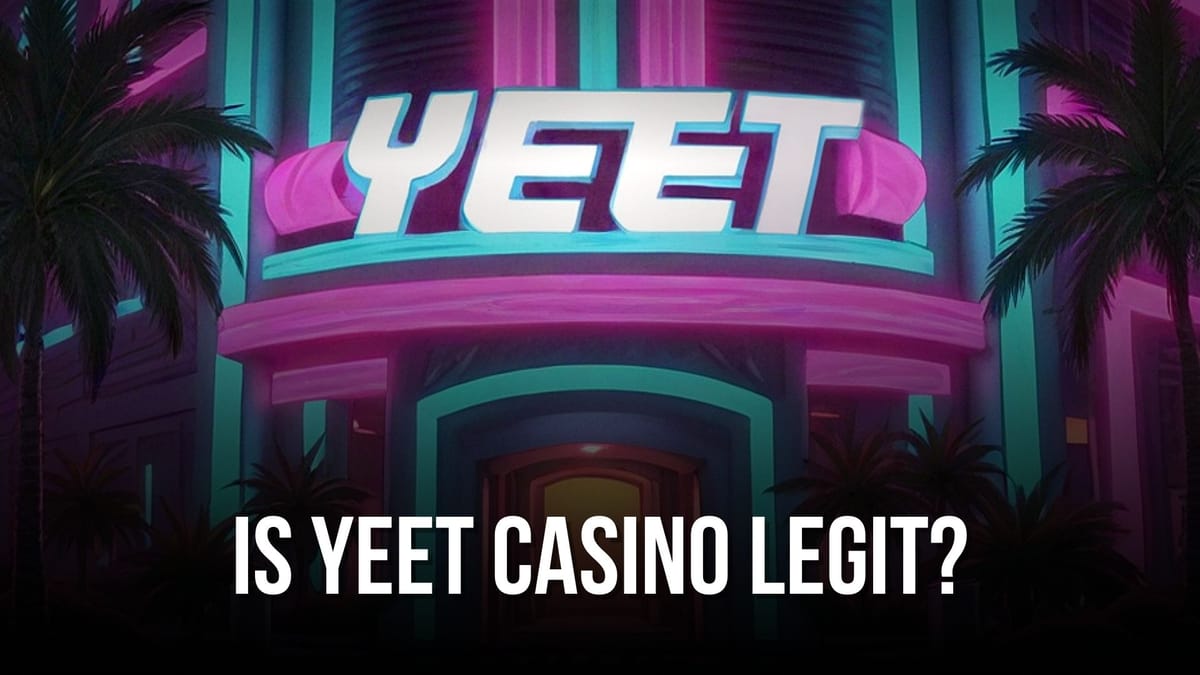Keyboard Monkey and NFT Market Insights
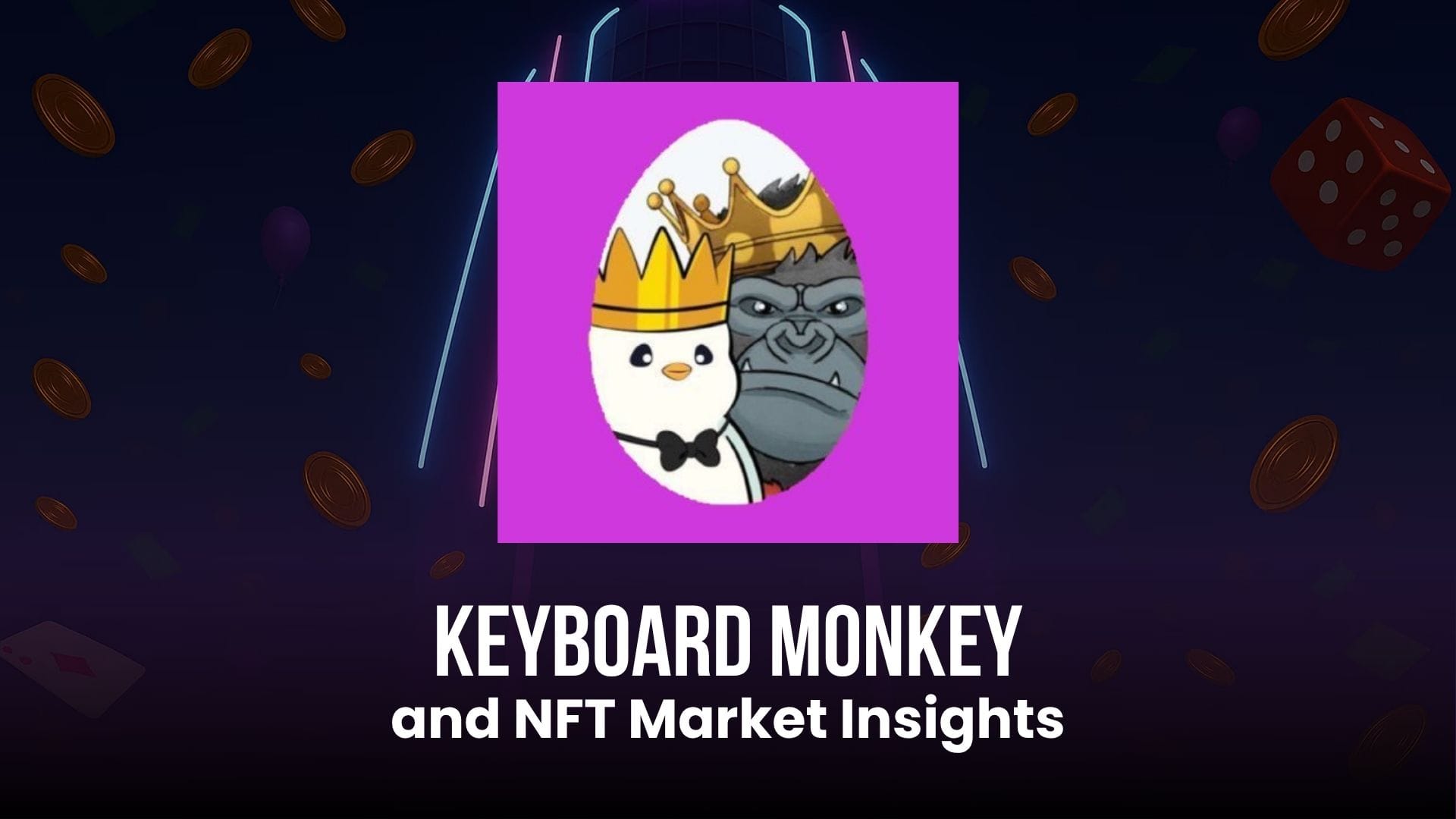
Interview with Keyboard Monkey on How to make it with NFTs
This article shares insights from Keyboard Monkey, an investor who turned $250,000 into an eight-figure profit through trading.
He discusses his journey from traditional stocks to crypto and eventually NFTs, offering a unique perspective on market volatility, diversification, and strategies for success in the fast-paced world of digital collectibles.
His story highlights the unpredictable nature of these markets and the importance of adaptability.
How to Make it in NFTs, with Keyboard Monkey
Keyboard Monkey's Trading Journey
Keyboard Monkey has been trading stocks for over 13 years, starting right after college. He's seen a lot of ups and downs. Before 2020, he almost lost all his money because he was taking on too much risk.
He was gambling with high stakes, which wasn't a good way to behave. But then 2020 came with all the COVID volatility. He was down to his last $250,000 and managed to grow that into eight figures. It's been a wild ride, involving stocks, a lot of crypto trading, and now NFTs.
He says he's way past where he ever thought he could be. His portfolio swings can be millions of dollars a day. He's been trading for so long that he's lost the emotional side of it. He just doesn't care about the swings anymore.
But even he gets nervous sometimes, like with recent crypto market moves. He's pretty diversified because he almost lost everything before. He doesn't want to risk it all in one area again. His investments are in stocks, real estate, private equity, and NFTs. He says making a lot of money opens up many cool investment doors.
His first big dive into crypto was in 2018, but his whole portfolio got wiped out in March 2020. The only good thing about being involved for so long was knowing the ecosystem well. He was able to buy back in with money he made from stock market volatility.
So, his big crypto run didn't really happen until late 2020 and early 2021. He mostly focused on stocks in 2020.
He admits he didn't always know what he was doing, especially when volatility dried up. He likes fast volatility because he learned to trade as a scalping day trader.
That's why the NFT market is so crazy right now; it feels like trading stocks in the 80s with fractions. You can look at the order book and make big percentages. If there's no volatility, he has to take a break.

Entering the NFT Space
Keyboard Monkey got into NFTs in February. He had no plans to, and didn't even know what they were. A friend messaged him about Hashmasks, which had a bonding curve. He bought some for 0.3 to 0.6 ETH, buying other people's bags on the reveal.
It felt like opening a trading card pack.
He even bought the last one for 100 ETH. That was his first NFT experience. He still holds those, and thinks they might be coming back.
Liquidity dried up after that, and he lost a lot of money. But the addiction stuck. He kept going, and it's paid off big recently. He remembers paying 20-30 ETH for masks, which was a lot of money back then. He realized not everyone had that kind of money to spend. He panicked and lost a lot, but he kept going.
He talks about the psychological loop of thinking everything is going to zero and needing to get out, then two days later feeling like he'll miss out and needing to buy. He tries to rotate his cost basis to make some pieces longer-term. He thinks a lot of it is driven by major players buying in. Every day, another rich person puts a lot of money into illiquid supplies, and everyone else copies them. He knows it's not sustainable, so he's always a little nervous.
He has 763 items in his Keyboard Monkey OpenSea account, not counting hidden ones. He doesn't usually buy low-value items. He used to mint items, but it's tedious. He's still listing things for $150, hundreds of items a day. He mentions a story about someone who sold a Fidenza for half an ETH to mint Bulls on the Block. He says the ROI in NFTs is crazier than ICOs because you can have a lower cost basis and make a lot of money if you pick the right thing.

NFT Market Dynamics
He believes NFTs pump so hard because there's no chart. If you saw a chart, it would be a straight line up, and people would sell, expecting a pullback. But with NFTs, you don't see that. You have to go to the activity tab, and it just shows listings. He says if you could short NFTs, he'd be blown out because he would have shorted them a long time ago. The illiquidity and being blind to the parabolic moves make it a crazy market.
When it comes to collections, he thinks it's a blend of art and trading. He likes some Art Blocks pieces, like Fidenza, and even gets prints for the ones he owns. He also has a SuperRare account where he buys things he likes and holds them, treating it like art investing. He says there are no bad Fidenzas, just like there are no bad penguins. He thinks the narrative, combined with good art and generative art being popular, makes Fidenza so valuable.

Key Takeaways:
- Volatility is Key: Keyboard Monkey thrives on market volatility, using scalping and day trading techniques. He believes NFTs offer this due to their unique market structure. If volatility dries up, he takes a break.
- Diversification is Important: Having almost lost everything once, he diversifies his investments across stocks, real estate, private equity, and NFTs to avoid putting all his eggs in one basket.
- Market Psychology: He experiences cycles of panic selling and then fear of missing out, leading him to buy back in. He notes that large buyers often drive these cycles.
- Floor vs. Rare Pieces: For newcomers, he suggests buying many floor pieces due to higher liquidity. This allows for easier exits during panic cycles. Once a project shows staying power, he recommends trading up to rarer pieces.
- Execution Risk: Projects with big promises carry execution risk. While hype can drive short-term gains, failure to deliver can lead to long-term losses. He prefers projects that deliver unexpected value rather than making grand promises.
- Finding Alpha: He finds information through Twitter, Discord, and Nansen (for tracking big wallets). He looks for breadcrumbs, then researches the project, liquidity, supply, and the artist. He often relies on others' research and follows their lead.
- Minting Strategy: He doesn't have much success with minting projects directly. Instead, he prefers to buy after the mint, once he sees the reaction, liquidity, and confirms he likes the art.
- Long-Term Holding: While he often sells for profit, he does hold some pieces from projects he likes, especially if he's reduced his cost basis to zero. He sees one-of-one art as a more stable, long-term investment.
Current Focus and Finding Alpha
Right now, NFTs are his main focus. He's still crypto trading a little, but it hasn't been going well. He tried shorting a few times and lost money. Stock trading has been slow with no volatility, except for meme stocks, which he also lost money on. He's staying away from other things and focusing on NFTs. He hopes the NFT market slows down a bit so he can relax.
He says there are many good resources for finding collections. Twitter, Discord, and Telegram are full of information. He follows big wallets on Nansen. He finds breadcrumbs, then researches the project, liquidity, supply, and the artist. He likes to think he has a good eye, so if he likes the art, he thinks others will too. He hasn't had much success minting projects lately. He prefers to buy after the mint, once he sees the reaction and if liquidity comes in.
He says it's like crypto for the last decade:
- Having talented people around you, trusting them, and sharing information.
- He mentions a $7 million sale he made recently because someone was talking about Death Beef.
- He saw how special and innovative it was. He sold it even though he loved it, because it was a huge profit.
He bought a zombie for 400 ETH and sold it for 800 ETH the next day to Three Arrows. He says it's never good when you sell something to them, but he's a "paper hands" trader.
He immediately put the 800 ETH into Art Blocks. He made more than a 2x on that. He thinks about the time value of money and putting it into something cheaper that could go up faster and offer more diversification. He says everyone told him not to sell, but he did.
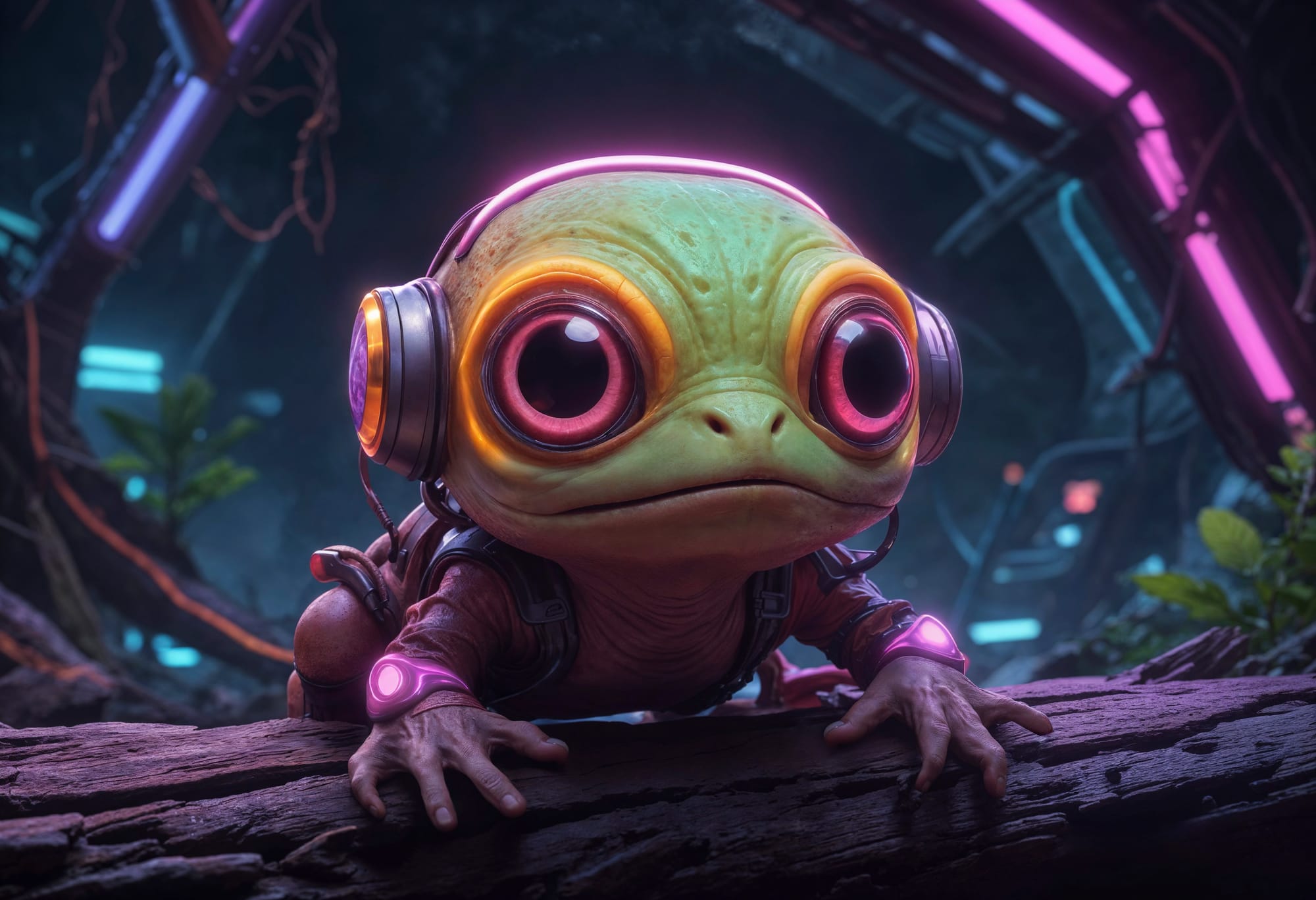
Advice for Newcomers
For someone with less than 10 ETH, he says it's hard to answer, but you have to start with collectible projects. Wait until they're minted, then try to find ones that gain traction and momentum.
Look for volume, so you don't get stuck with a bag.
He says smaller portfolios gravitate towards these projects, but you shouldn't hold them forever hoping they become like punks. He recommends flipping them.
He says minting can be a good way to make money if you hit it big, but you have to keep deciding not to sell as bids go up. Or, you get stuck with trash. He finds momentum trading easier. You can look at OpenSea statistics to find trending items.
Long-Term Perspective and Fractionalization
He says there are some NFTs he'd like to hold forever, but there's always a price for him. He tries to reduce his cost basis to zero and then hold some for exposure if it becomes mass-adopted. He says he'll sell whatever, unless it's his one-of-one art, which he sticks to. He thinks one-of-one art is a much bigger flex than collectible sets.
It's a frictionless way for artists to gain exposure.
He believes one-of-one art will be sticky and won't go to zero. You can hang them in your house, and technology will advance to display them. He got into these after Hashmasks because he understood and appreciated that aspect. Collectibles are where the liquidity is now, but he thinks it will come to one-of-one art at some point.
He looks up to Krybharb, who focuses on one-of-one art and has changed many artists' lives. He also respects people like Fanro and Fitch who do a lot of on-the-ground research. He says he's not an expert on anything he buys; he's good at trading trends and copy trading, and he learns about things as they go along.
He discusses bonding curves, saying they are predatory because early buyers benefit greatly, like VCs. He thinks people in the industry realize this and avoid them. He says Dutch auctions also create a lot of flippers. He thinks NFT projects should offer a two-week refund period to set a price floor. He also mentions fractionalization, which allows people with less capital to get involved in higher-priced items.
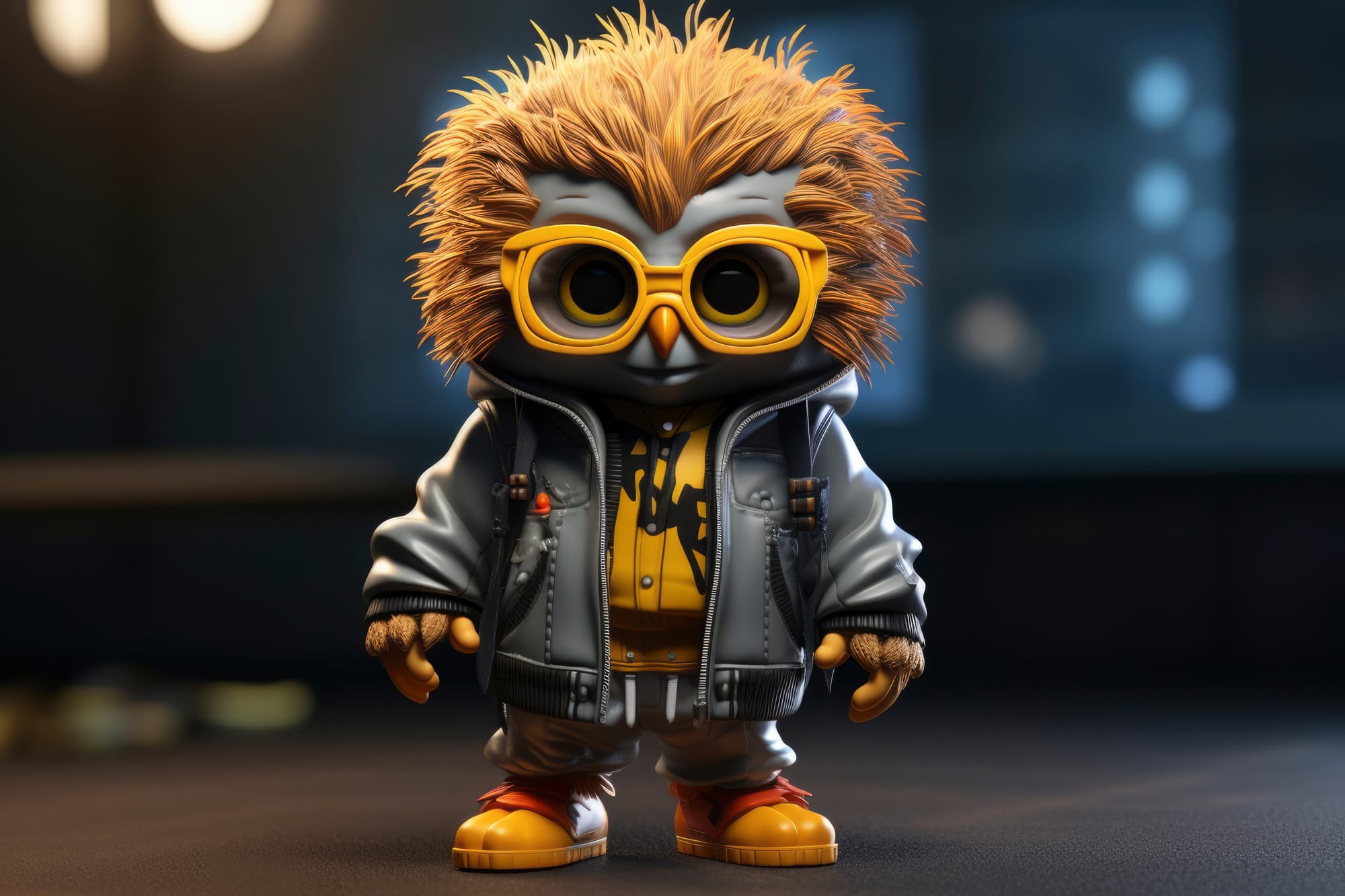
Final Advice
Keyboard Monkey's final advice is to be patient. Don't rush into market orders. There will be good deals. Once you find a good spot, don't be afraid to pull the trigger. Be patient now, but when the time is right, act quickly.
Keyboard Monkey and Yeet Casino
Yeet Casino, a nascent crypto-centric gambling platform, has successfully secured $7.75 million in a funding round spearheaded by Dragonfly.
Established by pseudonymous crypto figures Mando and Keyboard Monkey, alongside professional poker player Ben Lamb, Yeet Casino is poised to deeply connect with the crypto community. Their combined proficiency and standing within the sector are pivotal to the platform's allure.
Yeet Casino intends to provide a wide array of games, combining classic casino favorites with inventive, crypto-inspired offerings.
More Guides:
